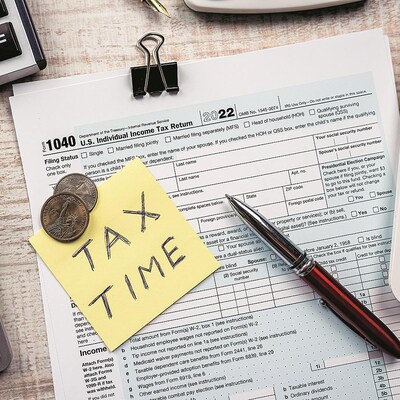When filing a tax return, the advice is simple: File your returns even if your income is below the taxable threshold. Such a return is called a nil Income-Tax Return (ITR).
“Filing a nil ITR serves as a formal declaration to the tax authorities that your earnings fell below the taxable threshold in the given financial year, and you had no tax liability during that period,” says Experts
Maintain a track record of filing
According to the Income-Tax (I-T) Act, it is not mandatory for individuals earning less than the basic exemption limit to file an ITR. “An individual should nonetheless file a nil return to maintain compliance and a clear financial record,” says Experts
A nil ITR serves as proof of address for passport application and visa processes. Banks require your ITR to sanction loans. Sometimes, banks may deduct tax deducted at source (TDS) on your deposit interest. Filing a nil ITR is necessary to get a refund. Similarly, organisations may deduct TDS on payouts to consultants or freelancers. “Such people need to file nil ITR to claim a TDS refund when they do not fall in the taxable bracket,” says Experts
Filing a nil return is also useful for carrying forward losses to set them off against future income. “This keeps your losses recorded and available for future adjustment,” says Experts
A nil return serves as proof of income. It is critical for self-employed individuals or those with irregular incomes and enhances their financial credibility. “Filing a nil return ensures you stay compliant with tax regulations, and helps avoid potential penalties under Section 234F for non-filing,” says Experts
Use the right ITR form
The appropriate ITR form for filing a nil return depends on the class and nature of a taxpayer’s income. “If you are a resident and have only interest and salary/pension income, you may file your return in ITR-1,” says Experts “But if your income includes business or professional income, you need a different form, like ITR-2 or ITR-3.”
Tax filing: Mandatory for some
Filing ITR is compulsory for certain categories of taxpayers:
One, those who have deposited an amount, or aggregate of amounts, exceeding Rs 1 crore in one or more current accounts maintained with a banking company or a cooperative bank.
Two, those who have incurred expenditure of an amount, or aggregate of amounts, exceeding Rs 2 lakh for themselves or any other person for travelling to a foreign country.
Three, those who have incurred expenditure of an amount, or aggregate of amounts, exceeding Rs 1 lakh towards consumption of electricity.
How to file a nil return online
> Log in to the Income-Tax Department’s e-filing website
> Choose the relevant assessment year and the applicable ITR form
> Enter your income details (use zeroes for a nil return)
> Review your return
> Submit the return
> Complete the e-verification process using one of the following methods:
-
- Aadhaar OTP
-
- Net banking
-
- ITR-V form submission
Visit www.cagurujiclasses.com for practical courses











